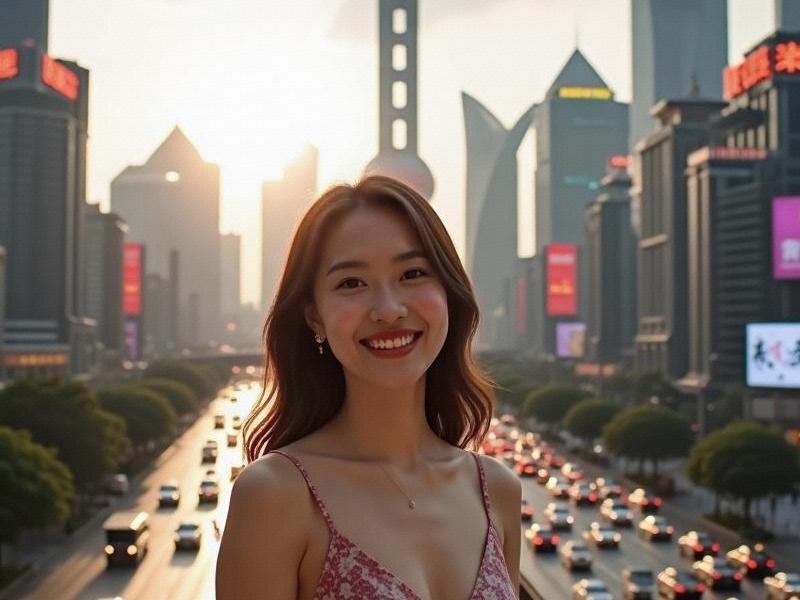This in-depth feature explores how Shanghai women have developed a unique urban feminine identity that blends traditional Chinese values with global sophistication, examining their social progress, fashion influence and cultural impact.

The Nanjing Road pedestrian mall offers a perfect tableau of Shanghai femininity in motion - well-dressed office workers in tailored qipao-inspired dresses stride confidently past luxury boutiques, university students in avant-garde streetwear snap selfies, and elegant grandmothers practice tai chi with a grace that belies their age. This diversity encapsulates the complex identity of Shanghai women, who have long been recognized as China's most cosmopolitan and independent female population.
Historical Roots of Shanghai Femininity
The distinctive character of Shanghai women traces back to the city's treaty port era (1842-1943), when exposure to international influences created China's first modern urban femininity:
• 1920s "Modern Girls" challenged Confucian norms by attending university
• 1930s Shanghainese actresses became national fashion icons
• 1940s businesswomen ran successful enterprises amid wartime chaos
This legacy continues today in what sociologists call "the Shanghai daughter phenomenon" - the expectation that women will be:
✓ Highly educated (72% attend university)
✓ Financially independent
✓ Fashion-conscious
✓ Socially assertive
Fashion: The Shanghai Look
Shanghai has developed signature style elements that distinguish its women:
• Qipao Modernization: Traditional dresses updated with contemporary cuts
夜上海419论坛 • East-West Fusion: Pairing Chinese silk with European accessories
• "Office Princess" aesthetic: Professional yet feminine workwear
• Underground Fashion: Emerging designers in districts like Tianzifang
Local beauty standards emphasize:
- Porcelain skin with natural makeup
- Slim but curvy "bamboo shoot" figure
- Expressive eye makeup techniques
- Experimentation with hair colors
Economic Power: Dragon Women of Finance
Shanghai women dominate many professional sectors:
• 38% of senior finance positions
• 45% of tech startup founders
• 60% of luxury retail managers
上海龙凤千花1314 Notable examples include:
- Nancy Zhang, hedge fund manager
- Lily Li, AI entrepreneur
- Vivian Wu, fashion empire CEO
The "Shanghai Marriage Market" in People's Park reveals shifting priorities:
• 68% of women list "career ambition" as attractive
• Only 12% prioritize a husband's income over compatibility
• Average marriage age: 29.5 (vs. 26.8 nationally)
Cultural Influence: From Screen to Street
Shanghai women shape national culture through:
• Television: Popular dramas featuring strong heroines
• Literature: Bestselling novels about urban life
• Social Media: Beauty bloggers with millions of followers
• Theater: Avant-garde feminist performances
上海龙凤419会所
Challenges and Controversies
Despite progress, Shanghai women face:
- Persistent "leftover women" stigma
- Workplace discrimination (18% pay gap)
- Intensive beauty standards pressure
- Balancing career/family expectations
The Future of Shanghai Femininity
Emerging trends include:
1. Later childbirth (average age 31.2)
2. Shared parenting responsibilities
3. Rejection of extravagant wedding demands
4. Increased political participation
5. Body positivity movements
Conclusion:
Shanghai women represent a unique fusion of Chinese tradition and global modernity. Their evolving identity offers insights into China's gender revolution and the changing nature of urban femininity worldwide. As Shanghai consolidates its position as a global city, its women continue redefining what it means to be modern, Chinese and female in the 21st century.